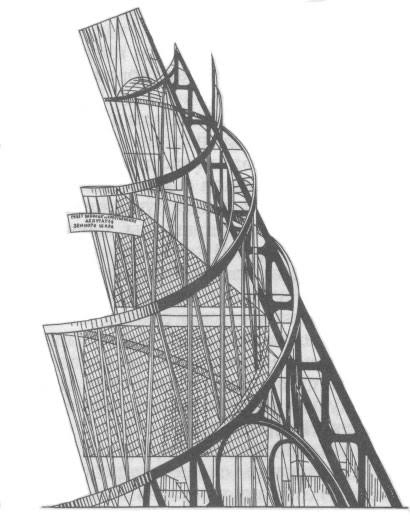Saturday Talk at 151: Constructivism in Russia from 1910s to 1930s

Join us on Saturday 3 August at 11 AM at THE BLUE HOUSE, 151 Jan Smuts Avenue, Parkwood to hear self-proclaimed Russian Art Nerd Alena Georgobiani .
“Not the old, not the new, but the necessary” (Vladimir Tatlin, artist, sculptor, architect, designer, decorator, 1885-1952)
In a land far, far away some time ago the most of population was poor, too poor to do anything but survive. The aristocracy was busy spending money and only some members of the intelligentsia who earned their income through knowledge and skill—doctors, teachers, and some others—bothered to think about how to initiate change.

“Antonida”, sketch to unrealized opera “Life for the Tsar (Ivan Susanin)”, 1913. Vladimir Tatlin (1885—1953) 
Fire escape”, 1925. Alexander Rodchenko (1891 – 1956) 
“A model”, 1913. Vladimir Tatlin (1885—1953)
A couple of decades later, these people with the help of lots of factory workers and foot soldiers did initiate change, a tectonic and violent shift in society. Artists, writers, musicians, photographers followed this wind of change and went straight in the avant-garde. They proclaimed a totally novel idea – art should serve and be available to all instead of select few. Their creations reflected the needs of the society and they made ordinary objects beautiful. They looked for inspiration in the world around them and reimagined ugly realities, such as poverty, violence, sweat and pain into useful, functional objects, beautiful in their own way. They constructed new reality following new ideas.
That’s how constructivism was born and that’s how it died two decades later. The next generation changed their priorities, eager to cement what was already achieved and hesitant to continue pushing the boundaries of building a new world. But the idea of constructivism lived on and on and on, influencing and inspiring new generations of artists.




